How to Get Your Pilot Licence: A Complete Guide
Jun 18, 2025
How to get your pilot licence: First understand the types of licenses. Then meet the eligibility criteria, get a medical certificate and a student pilot certificate. Next enroll in a flight school, complete flight training and pass the tests. This guide will break it all down.
Key Takeaways
-
Pilots in training must understand the different types of pilot licenses, Private Pilot License (PPL), Commercial Pilot License (CPL) and Airline Transport Pilot (ATP) certificate, each with its own requirements and privileges.
-
Getting a medical certificate and meeting the eligibility criteria, including age and English proficiency, are the first steps before you start flight training.
-
Flight training is ground school and practical flight training, with the FAA knowledge and practical tests, and big costs at each stage.
Understanding the Types of Pilot Licenses
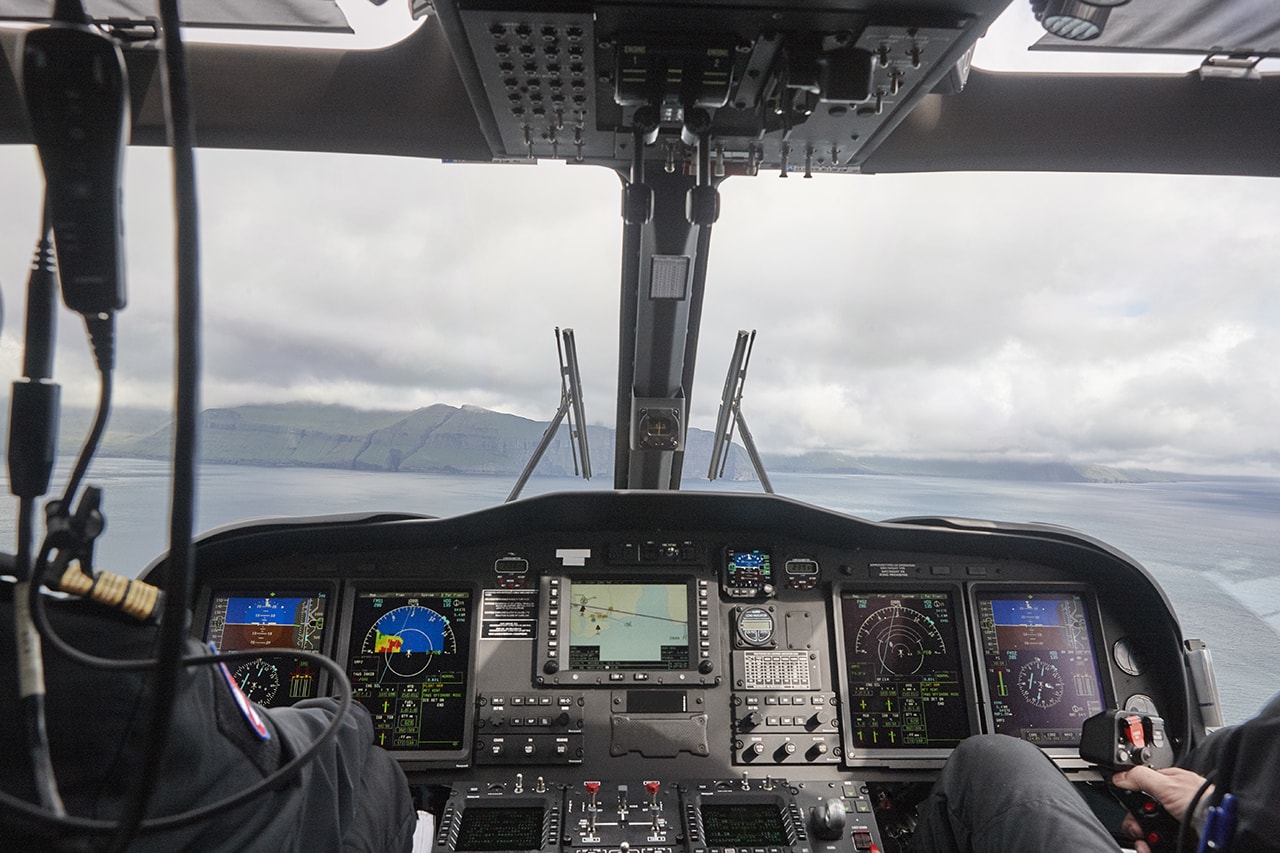
Before you take your first steps into aviation, it’s essential to understand the various types of pilot licenses. Each license has a specific role, along with its own benefits and restrictions. The most commonly pursued licenses include the Private Pilot License (PPL), Commercial Pilot License (CPL), and the Airline Transport Pilot (ATP) certificate.
The Private Pilot License (PPL) is often the first step for many would be pilots. It allows you to carry passengers and use the aircraft for limited commercial purposes.
To get a PPL you need to log at least 40 hours of flight time, including 20 hours with an instructor and 10 hours solo. The cost of a PPL is around $8,300 to $12,300 which includes ground school, flight training, medical certification, private pilot training and checkride.
Professional pilots will find the Commercial Pilot License (CPL) and pilot’s license essential for a flying career. A CPL allows you to fly for pay or hire. A CPL requires a minimum of 250 hours of flight time.
The airline pilot license, known officially as the Airline Transport Pilot (ATP) certificate, is required if you want to be a captain in air transport operations.
Other licenses include the Recreational Pilot Certificate which has limitations on the type of aircraft, number of passengers and distance from the departure airport and the Sport Pilot License which can be had for around $4,000 to $6,000 but the actual cost is around $8,000 as you need additional training for a recreational pilot license.
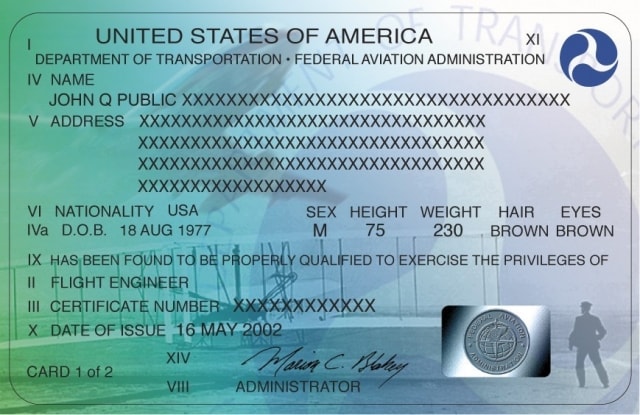
Eligibility Requirements for a Pilot License
To start the process of becoming a pilot you need to meet certain eligibility requirements. These requirements ensure you have the necessary health standards, skills and knowledge to fly a full aircraft which may involve a financial commitment.
Firstly, applicants must be at least 17 years old for most pilot licenses, 16 for gliders or balloons. And be able to read, speak, write and understand English.
A big part of eligibility is getting a medical certificate which involves an examination by an FAA authorized Aviation Medical Examiner. Several conditions such as severe psychiatric disorders or substance dependence can disqualify an applicant from getting a medical certificate and meeting the medical requirements.
Can you get a pilot's license with a DUI is a common question, and while it doesn’t automatically disqualify you, it can affect your eligibility depending on the severity and circumstances of the incident.
Obtaining a Student Pilot Certificate
Getting a student pilot certificate is the first official step in your flight training journey. This certificate is required before you can start formal flight training and is for those just starting out in aviation.
You will need to submit an application through the IACRA website or FAA form 8710-1 and send it to an FAA office or designated pilot examiner to get a student pilot certificate and private pilot certificate.
In some cases, an airman certification representative affiliated with a certified flight school may also assist with reviewing and submitting your application. There is no fee to apply directly to the Flight Standards District Office but others may charge a fee.
Once your application is processed the student pilot certificate will be mailed out within 3 weeks. You will need an endorsement from an authorized instructor to be eligible to take the knowledge test and this endorsement is critical as it confirms you are ready for both the knowledge and practical tests.
Medical Certificate Requirements
Getting a medical certificate is a requirement to become a pilot. There are three classes of medical certificates each with different requirements based on the type of pilot license you are seeking. An examination by an FAA authorized Aviation Medical Examiner is required to get a medical certificate.
Specific vision and hearing standards for certificate classes are:
-
First class certificates require 20/20 vision.
-
Hearing must be demonstrated during the medical examination.
-
Various audiometric tests are available to test hearing.
Student pilots must carry both their student pilot certificate and medical certificate with them when flying solo.
Enrolling in Flight School
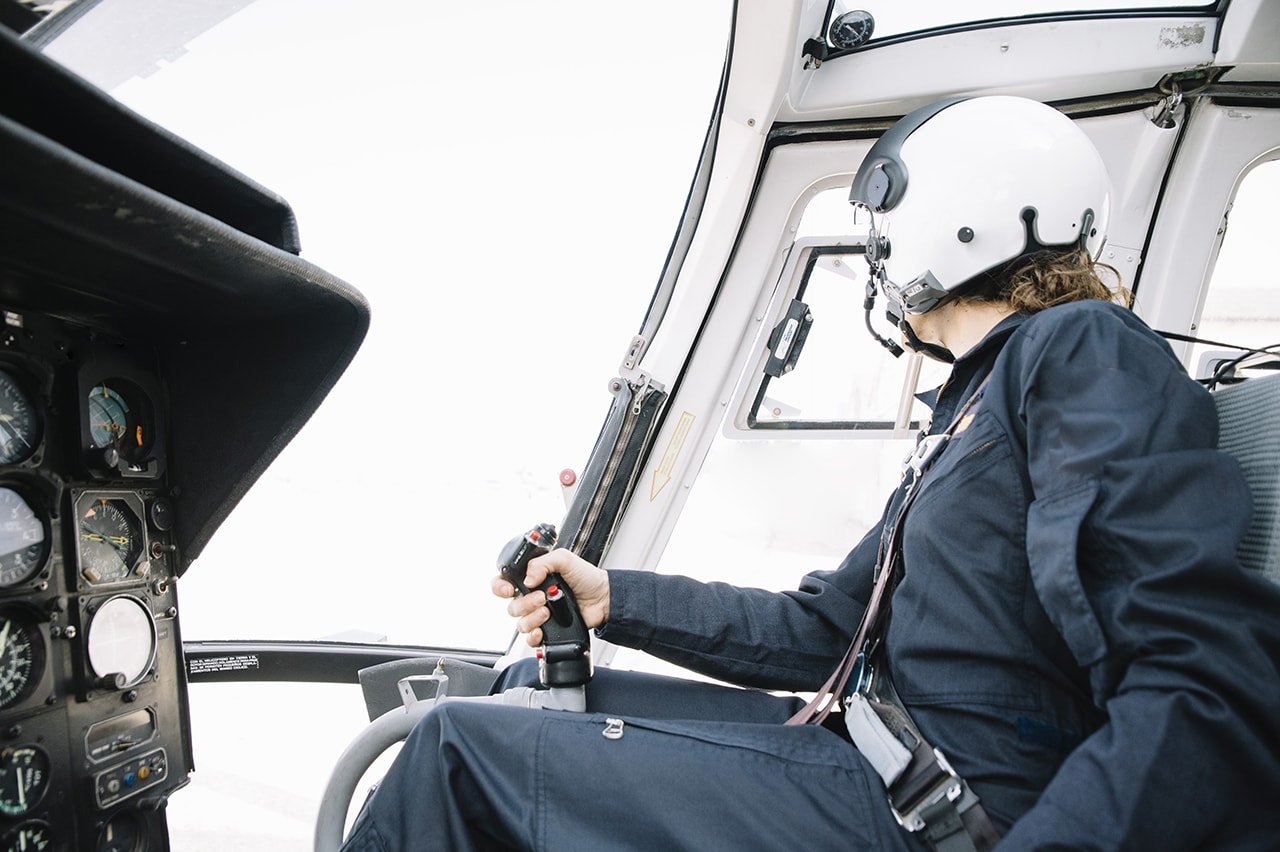
Choosing the right flight school is key to your pilot training. Research the reputation of flight schools in your area for quality of training and customer service before making a decision. What kind of training do they offer? Do they offer ground school classes along with flight training?
Ask about the experience and qualifications of the flight instructors and the instructor to student ratio at the school. Talk to past graduates to get valuable insight into their experience and the training they received.
Ground school for most pilot licenses is around $350 and FAA written tests are around $175.
Ground School Training
Ground school is a big part of pilot training where theoretical knowledge about flying is taught before practical flying. Ground school can last from 2 weeks to several months and can be in person or online.
Core subjects in ground school are aerodynamics, navigation, meteorology, air law and aircraft systems. Aerodynamics is where you learn about the 4 forces of flight: lift, thrust, drag and weight which control the aircraft.
Navigation skills including reading airspace charts and using GPS is essential for planning safe flight routes. A big part of ground school is dedicated to meteorology where you learn to read weather reports and assess how different instrument meteorological conditions affect plane flight safety.
For aspiring pilots looking for high-quality training, Flight Nerd Air Force offers a comprehensive ground school program covering all essential aviation theory subjects. With a focus on both in-person and online flexibility, Flight Nerd Air Force helps students build a solid foundation before stepping into the cockpit.
Flight Training Process
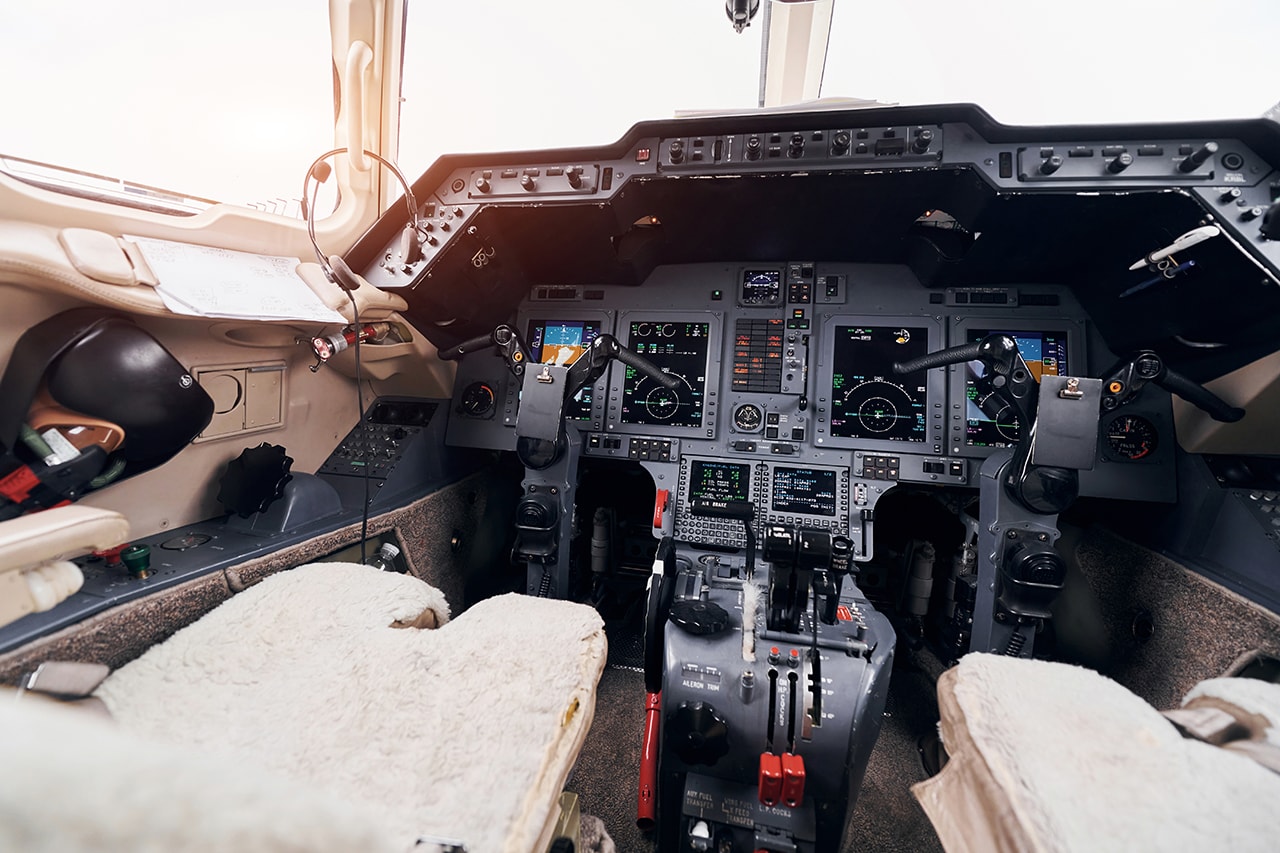
Flight training is where you develop practical flying skills with a certified flight instructor. This hands-on training involves practicing maneuvers and flying the aircraft in different conditions.
Flight training costs vary widely, with aircraft rental fees around $100 per hour. The practical part of flight training is key to mastering the skills for the practical test where you’ll be evaluated against set standards.
Preparing for the Knowledge Test
Preparing for the FAA knowledge test is a big part of pilot training. Ground school prepares students not just for practical flying but also for the FAA written exam, with resources like practice tests and study guides.
FAA knowledge tests are administered by a third-party provider, PSI Services, and can be scheduled online at various locations. Here are the key details:
-
Private Pilot and Instrument Rating tests have 60 questions.
-
Commercial Pilot test has 100 questions.
-
Minimum passing score for the FAA Knowledge Test is 70% across all tests.
The Practical Test (Checkride)
The practical test, also known as the check ride, is the culmination of your flight training. This test is necessary to demonstrate the skills and knowledge required for the specific aircraft rating.
Knowledge test results, which are required for the practical test, are available immediately after submission. The validity of a passed knowledge test lasts for 24 calendar months; otherwise, a new test must be taken.
Additional Training and Endorsements
Additional training and endorsements enhance flying capabilities after obtaining a pilot license. An instrument rating allows pilots to fly in varying weather conditions using instruments rather than visual cues.
A night flying endorsement is required for pilots wishing to operate aircraft at night, involving specific training for safe nocturnal navigation. Pilots can also obtain logbook endorsements for additional aircraft ratings, requiring certain aeronautical experience and knowledge standards.
Costs Involved in Getting a Pilot License
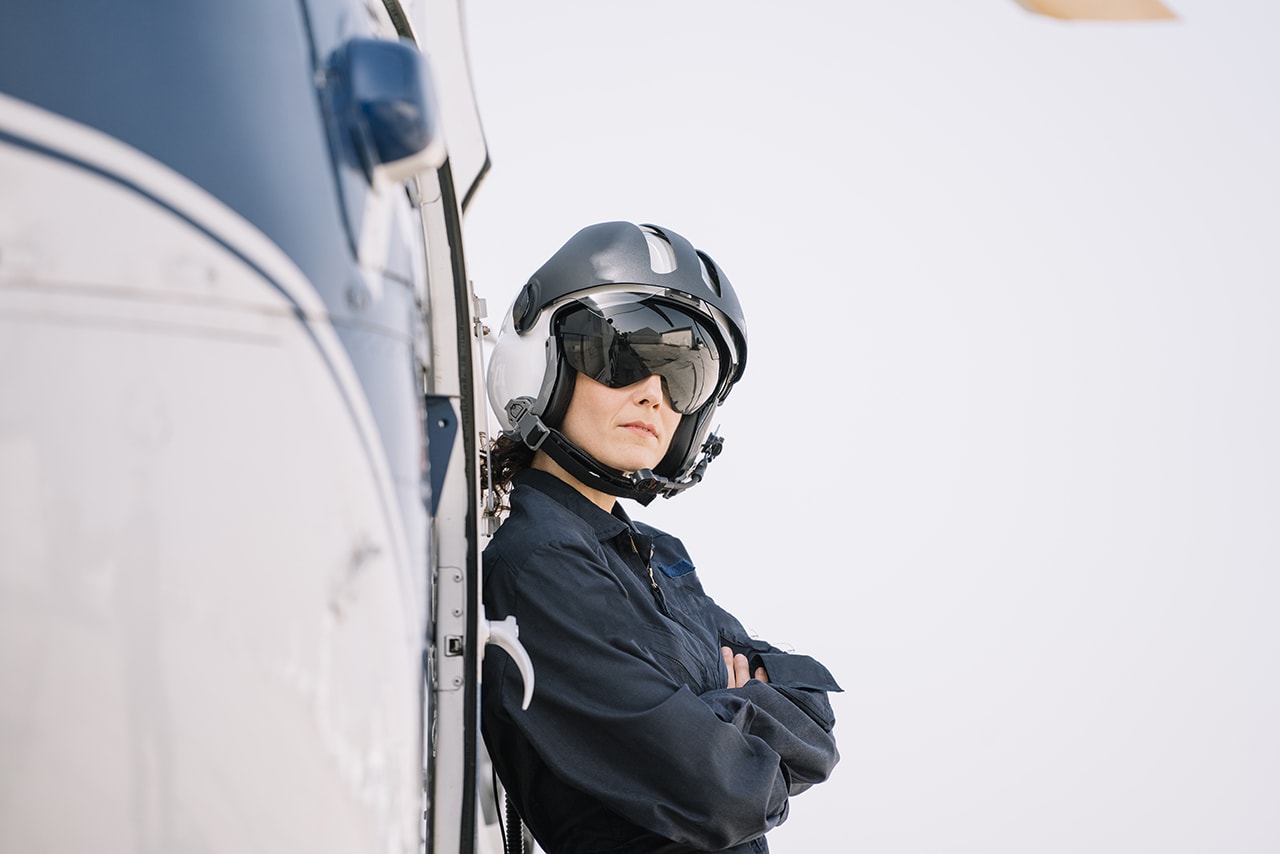
The costs to get a pilot license vary greatly depending on the type of license and amount of training. Costs to become a commercial pilot can be high especially when you factor in flight hours and instruction fees.
An Airline Transport Pilot License requires at least 1,500 hours of flight time, that’s a lot more training hours. Being a flight instructor can help new pilots build flight hours and qualify for advanced roles, that adds to the overall training costs.
Career Paths for Licensed Pilots
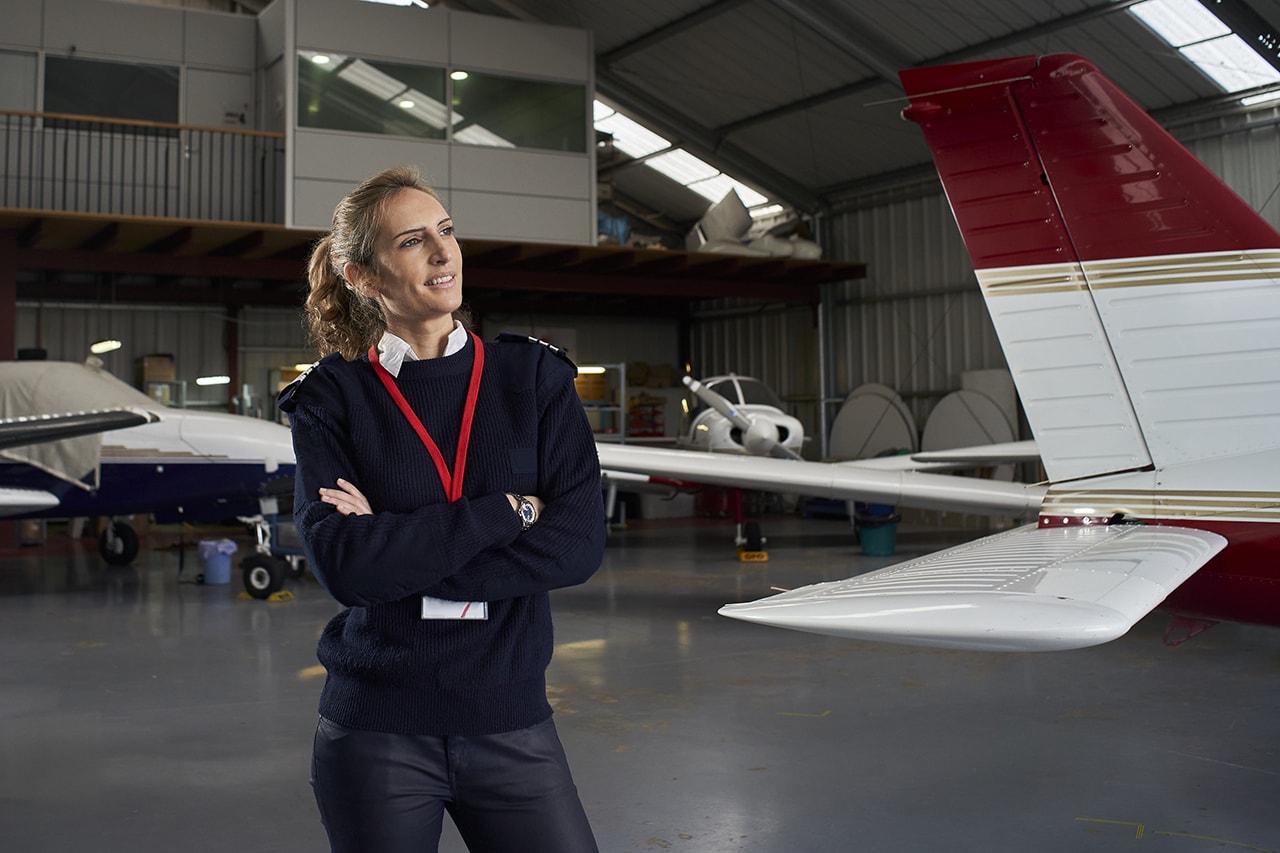
Licensed pilots have many career paths in the aviation industry. The industry is expecting around 790,000 new pilots in the next 20 years due to increase in air travel and shortage of qualified personnel.
Career options for pilots are:
-
Airline pilots captain
-
Corporate pilot
-
Flight instructor
-
Roles in emergency services
-
Roles in agriculture which can be part of a pilot’s career path.
Many private pilots start their career in general aviation and then move to commercial pilots flying or other specialized aviation sectors.
Frequently Asked Questions
What is the minimum age requirement for obtaining a pilot license?
To obtain a pilot license, the minimum age requirement is 17 years old for most licenses, while gliders or balloons require an applicant to be at least 16 years old.
How much does it cost to obtain a Private Pilot License?
A Private Pilot License typically costs between $8,300 and $12,300. Location and individual training needs will vary.
What is required to pass the FAA knowledge test?
To pass the FAA Knowledge Test, a candidate must achieve a minimum score of 70%.
How many flight hours are needed for a Commercial Pilot License?
To obtain a Commercial Pilot License, a minimum of 250 flight hours is required. This experience is essential for ensuring the competency and safety of pilots.
What are some career options for licensed pilots?
Licensed pilots have many career options: airline captains, corporate pilots, flight instructors, emergency services or agriculture. Each path has its own opportunities to use your flying skills professionally.
